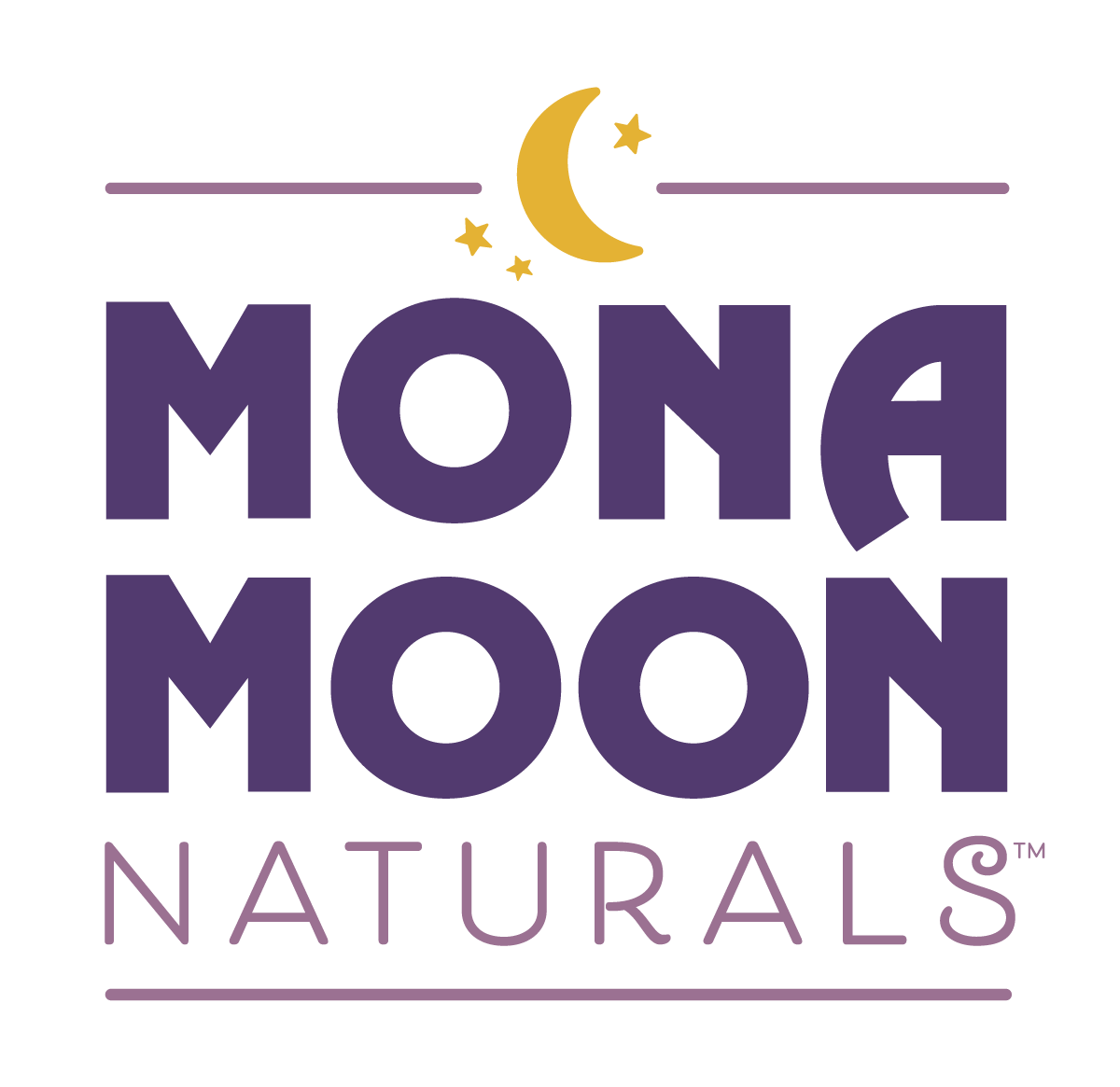Dry Brushing: A Guide to Brush Selection, Maintenance, and Skincare Pairings
In our previous Moonlight blog, we discussed the art of dry brushing, an age-old skincare practice that helps with exfoliation, circulation, and lymphatic drainage. In this blog, we’ll explore some of the best tools to use and recommended skincare products to complete the dry brushing practice to maximize the experience.
Photo by Monstera Production: https://www.pexels.com/photo/wooden-brushes-prepared-for-washing-and-cleaning-6621326/
Choosing the Right Materials for the Dry Brushing Process
There are different types of brushes available, and the type you choose depends on personal preference and which parts of the body you’d like to dry brush. Here are factors to consider:
Bristle firmness: Firmness can range from soft to very firm. Consider your skin sensitivity and personal preference when choosing the bristle firmness. Soft bristles may be more suitable for sensitive skin, while firmer bristles provide deeper exfoliation. If you’re newer to dry brushing, we recommend starting with a softer bristle.
Size and shape: If you want to dry brush your back and legs, you may want to consider a dry brush with a handle. Facial brushes are also available. They have a smaller, softer brush designed specifically for the face to ensure gentle exfoliation without causing irritation.
Material: Brushes are typically made from natural materials like boar bristles or plant fibers. However, some may feature synthetic bristles or materials like loofah or sisal (and sometimes come in the format of gloves or mitts). Choose a material that feels comfortable on your skin.
We recommend making decisions about firmness, type of brush, and material based on personal preference, skin sensitivity, and which areas of the body you intend to target. You may end up with more than one brush — one for your body, and one for your face, or you may find that one brush works great for both. Visit our previous blog for a guide on how to methodically dry brush sections of the body.
Photo by Anna Shvets: https://www.pexels.com/photo/female-brushing-face-with-brush-for-dry-massage-5069561/
How to care for your dry brush:
Caring for your dry brush so that it lasts longer is a rather simple process. After use, run the bristles under water while rubbing it gently. Rubbing the bristles will help loosen the collected gunk from brushing. Then, shake the water off to help dry the bristles. Then dry the rest of the brush with a towel.
Hang it dry where there is enough airflow and far from moisture. Make sure to hang the brush with its bristles facing down to let excess water drip. Try not to get the handle wet.
The best products to complete the dry brushing process:
If you dry brush in the morning: Dry brushing is recommended any time before bathing. If it’s done in the morning, it’s a wonderful way to get the blood flowing and start your day. After you dry brush following the techniques provided, we recommend taking a relaxing shower and then applying your favorite skincare product to your skin. Since it’s in the morning and if you’re heading outdoors, don’t forget your sunscreen. We recommend a product like Tidal Wave Organics Sun Protection.
If you dry brush in the evening: For those who prefer to dry brush before an evening shower, we love finishing the routine with Mona Moon Naturals Body Whip. It’s our most luxurious, hydrating, ultra-rich body butter.



